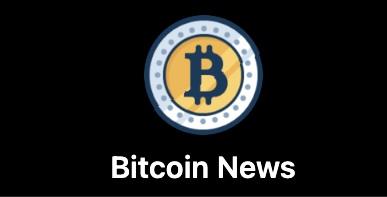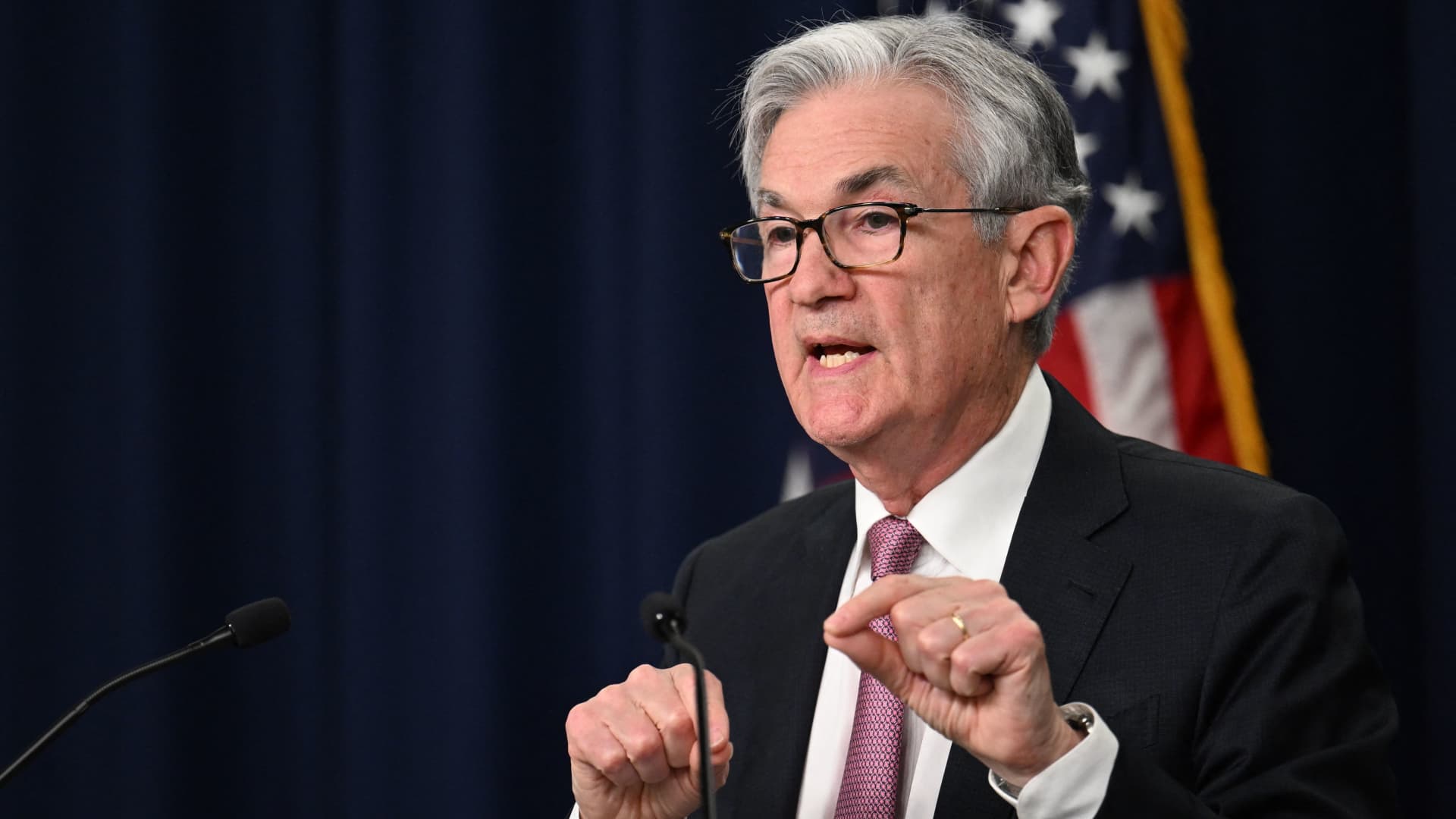Enquires@newsofbitcoin.com
US Federal Reserve Chairman Jerome Powell speaks during a news conference in Washington, DC, on May 4, 2022.
Jim Watson | AFP | Getty Images
We have reached the “be careful what you wish for” moment for Federal Reserve policy.
After months of withering criticism from former Treasury officials, Wall Street economists and others for presumably being behind the inflation curve, the Fed is now facing mounting complaints — from those very same folks — that its more aggressive inflation-fighting plans will drive the U.S. economy into recession.
With housing activity declining sharply in the U.S., second-quarter gross domestic product estimates being revised sharply lower, and a rapid build-up of business inventories, it’s clear that the economy is slowing much more noticeably than the so-called experts anticipated. This is beginning to cause the type of market-related stresses that have, in the past, put an end to Fed tightening cycles.
Consumers are pulling in their horns
Mortgage applications have plunged. Mortgage refinancing activity is dead in the water. Pending home sales, as well as sales of new and existing homes, have all plummeted in recent months.
With a 30-year fixed rate mortgage now at roughly 6%, a $450,000 house purchased with a 3% mortgage last year has nearly the same monthly payment as a $320,000 home purchased at today’s rate. Talk about sticker shock!
Consumers appear to be pulling in their horns. They have used up the excess savings that were built up during the pandemic, turning to credit card purchases instead of cash.
To some, this indicates that the presumed $2.5 trillion in surplus savings has evaporated.
Indeed, after peaking at nearly 34% at the depths of the pandemic — owing to generous measures to blunt the economic impact of sheltering-in-place and working from home — the personal savings rate has declined to 4.4%, about where it was pre-pandemic.
There, of course, has also been the obvious impact on financial markets.
The Nasdaq Composite is down over 30% from its all-time high. The S&P 500 is off more than 20% from its record. Think negative wealth effect here.
Speculative “meme” stocks have plunged. Richly valued tech has tumbled. U.S. Treasurys have had the worst six-month performance in bond market history. Credit spreads have widened, and crypto has crashed.
The spread between high yield debt and comparable Treasurys has blown out, raising the risk of default among debtors that are below investment grade.
Ford says auto loan delinquencies are rising, while 60% corporate CEOs predict a recession is now likely in the next 12 to 18 months.
It seems it won’t take that long, judging from current market-based recession indicators.
Indeed, there will be economic pain from a more aggressive Fed move to quell inflation, which stems more from supply-side disruptions, than from demand-side imbalances.
Policies abroad
Fed policy, which essentially influences interest rate policies around the world, is causing strains outside our borders, as well.
The European Central Bank held an emergency meeting to find ways to support Europe’s most heavily indebted nations – including Italy, Spain and Portugal – even as it raises rates to fight inflation.
Good luck with running those policies in concurrent fashion.
Global monetary policies are asynchronous: China and Japan are easing, while the U.S., the EU, Britain and Switzerland are tightening.
That may well lead to additional global strains, as the unintended consequences of “zero coordination policies” will bring some markets to the breaking point.
We witnessed this in 1994 during the Mexican peso crisis, in which there were massive strains on the peso-dollar peg. This led to the U.S. Treasury and the International Monetary Fund bailing out Mexico when its currency crashed.
Orange County, California, thanks to some horrible bond bets in its own treasury, declared bankruptcy in 1994. This leading the Fed to change course and start cutting interest rates to stop the damage being done at home and abroad.
Similarly, the Asian currency crisis in 1997, the Russian debt crisis and the related collapse of Long-Term Capital Management have also forced the Fed to stop raising rates and start easing all over again.
It’s often said that the Fed will raise rates “until something breaks.”
Something is about to break somewhere. With the benefit of hindsight, those who called on the Fed to be aggressive will also claim they foresaw the consequences of a tough tightening cycle.
I hope someone calls them out for such duplicity.
— Ron Insana is a CNBC contributor and a senior advisor at Schroders.
Read More: Insana: ‘Be careful what you wish for’ as the Fed steps up aggression on monetary policy
Disclaimer:The information provided on this website does not constitute investment advice, financial advice, trading advice, or any other sort of advice and you should not treat any of the website’s content as such. NewsOfBitcoin.com does not recommend that any cryptocurrency should be bought, sold, or held by you. Do conduct your own due diligence and consult your financial advisor before making any investment decisions.


